The system is processing. Please wait a moment!
Vui lòng lựa chọn loại báo giá!
- Home Product BUNGALOW HOMESTAY HOUSE
Dome Bungalow Prefab House
- Unit price: 149 million full furniture (not including transportation and installation)
- Model: 18m2 . dome bungalow
- Brand: Hoang Sa Viet Construction
- Frame material: Super-hard, super-durable T6082 aluminum alloy frame (over 100 years)
- Dimensions: 5.08m wide - 3.55m deep - 2.85m . high
- Wall material: Includes 5 layers (Aluminum frame + Shaped wood layer + Heat resistant mineral wool + plastic wood inside + Bitumen tile glued outside)
- Wood material: Melamine coated HMR wood
- Function of use: Used for a family of 4 to travel, relax...
- Heat insulation: 85%
- Connection type: Smart Connector
- Delivery method: Delivery and assembly, can be assembled on mountains, islands...
- Electrical system: Basic (LED light, socket, CB)
- Warranty: 100 Years for the frame, 5 wooden furniture and 12 months for electrical equipment

If you are learning to build a bungalow but don't know how to design it? What's the price? Or you are looking for information about the product, and how to build a bungalow, please refer to the article below for more details. Hoang Sa Viet Construction is also one of the reputable bungalow house design and construction units with over 10 years of experience in Vietnam. We hope the information below will be very useful to you.
Cheap 18m2 bungalow from only 149 million VND
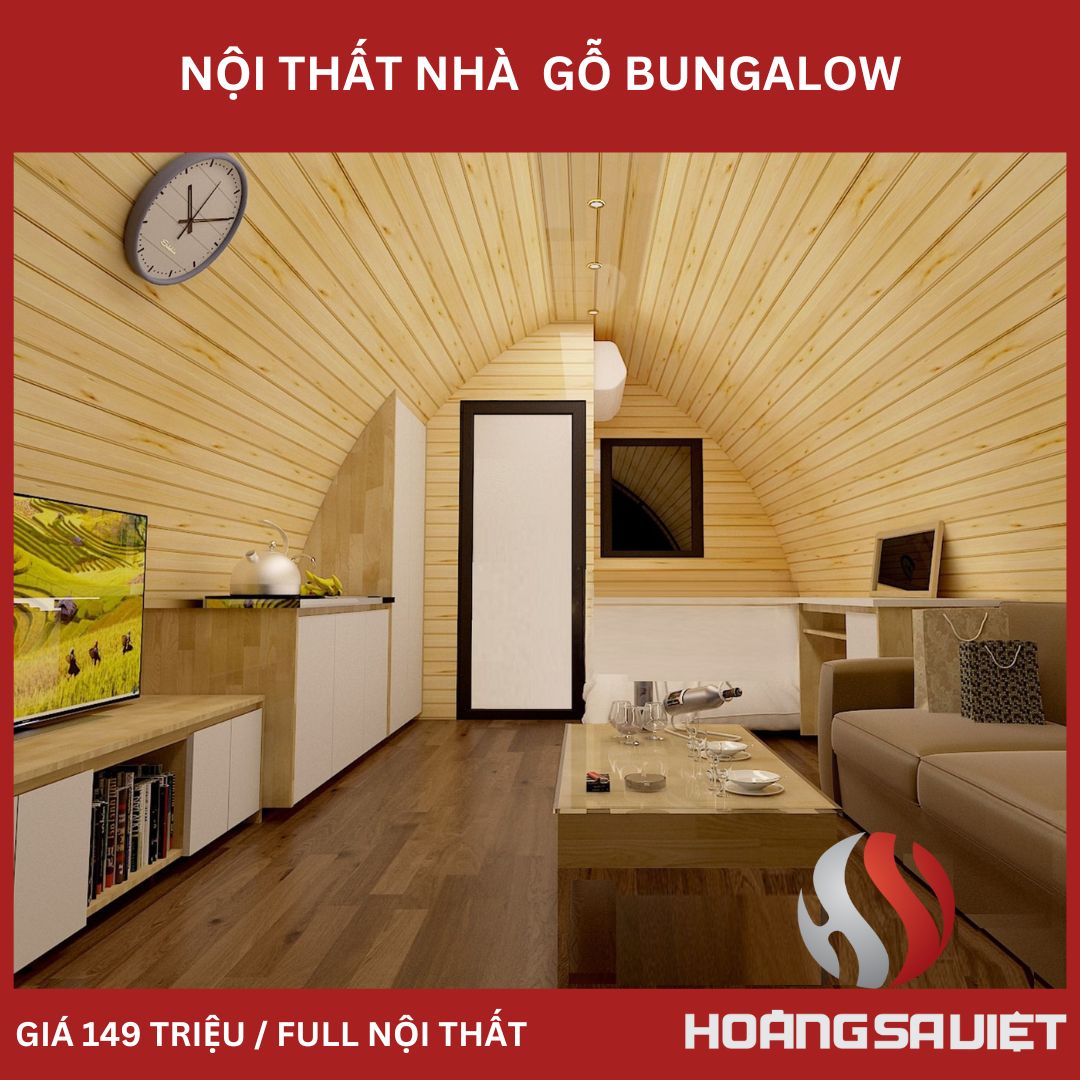
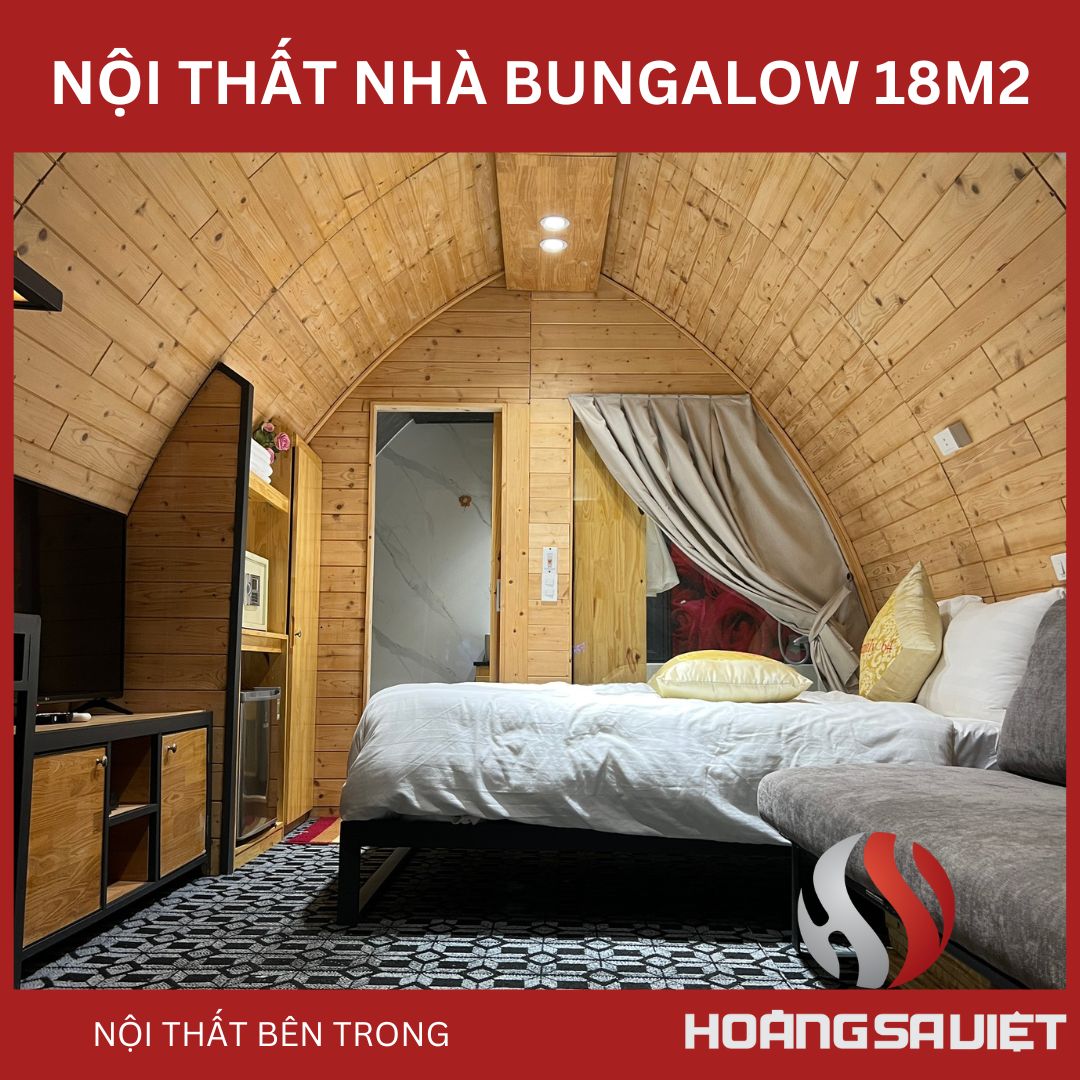
WHAT IS BUNGALOW HOMESTAY?
A bungalow homestay is a type of accommodation in tourist destinations, usually in the suburbs or in the countryside, buried in hills, mountains, islands, etc. The design is a compact house, with a compact design. simple, close to nature with environmentally friendly materials. Bungalow Homestay offers tourists the experience of living like a local. The Bungalow Homestay consists of rooms, a shared lounge, a kitchen and a garden area where guests can relax and enjoy a quiet space, while they explore the local culture, food and activities. other travel. Homestay is a popular choice for those who want to get away from crowded, noisy places and seek a unique travel experience.
Bungalow homestay 32m2 wide by 4m deep 8m
.jpg)
SPECIAL FEATURES OF BUNGALOW HOMESTAY
- Compact size bungalow: Bungalows are usually designed with a small area with only one floor. Therefore, each second floor of the house is designed into a pitched roof. The bedrooms are usually located on the ground floor, the living room is the main center of the house.
- Bungalow houses often have symmetrical architectural blocks: The front of a bungalow is designed in a balanced proportion. Some classic bungalows are usually designed without a roof and have thick support columns in the shape of squares or cones.
- Bungalow Homestay has a small area: Bungalows usually have a small square, or circular area, dome and minimal storage space. Bungalow-style housing spaces are often designed to connect directly with each other to optimize the area used. Normally, Bungalow houses in Vietnam are usually built smaller than 60m2.
- Bungalow houses are often designed with a wide front using bitumen tiles . One of the most distinctive features of the bungalow is usually covered by a sloping tile roof with a slope of 30-60%. The sloping roofs that Bungalows often use are bitumen tiles covered with stone, glued tiles, vinci tiles, and some other types of tiles that are gray or dark green or brown. The roof is one of the important highlights to make a difference for each bungalow.
- Bungalows usually have many windows. Traditional bungalow houses usually have double or single hanging windows. However, neoclassical style bungalows may have compound or large sliding windows or doors.

STYLES OF BUILDING HOMESTAY BUNGALOW
- Traditional wooden bungalow homestay: A simple house with one or two bedrooms, a living room and a bathroom. Usually constructed of wood or other natural materials.
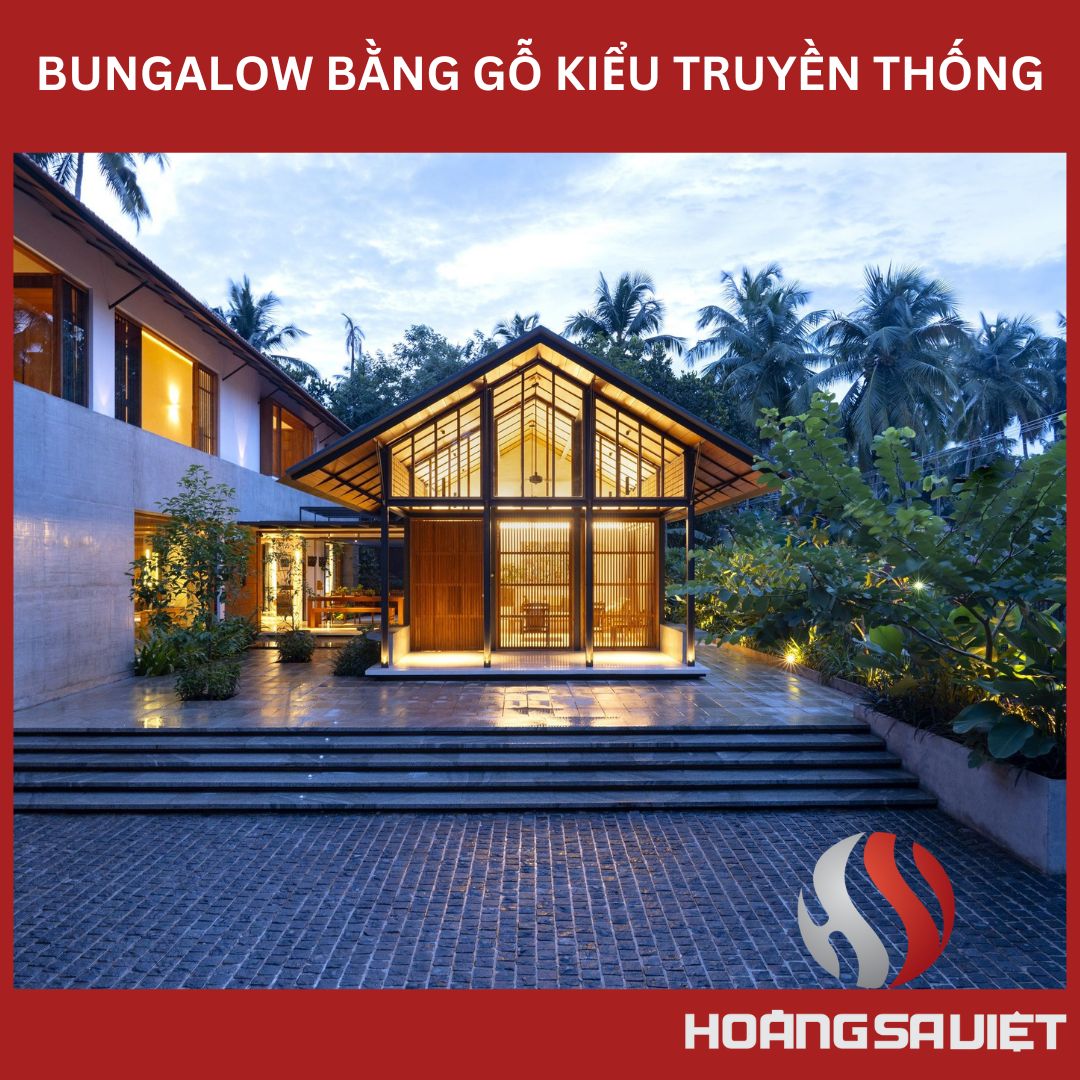
- Alpine Bungalow House: This bungalow is built on a hill or a high platform. This type of house gives a sense of closeness to nature and is capable of providing visitors with unique experiences.
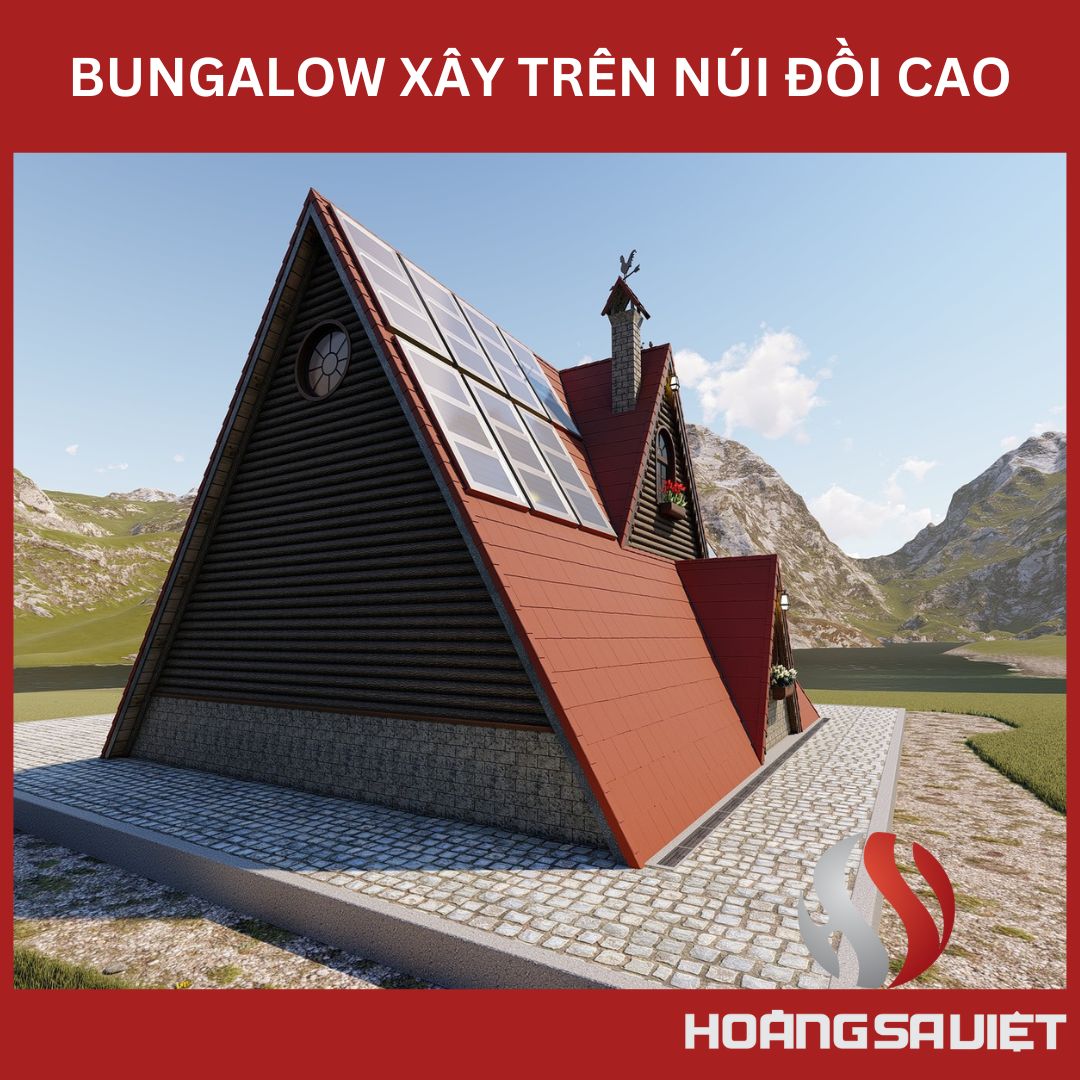
- Resort-style Bungalow homestay: This type of house has architecture and design optimized for relaxation, with many amenities such as swimming pool, garden, spa, gym and fully equipped recreational activities. modern facilities. But very close to nature

- Classically decorated Bungalow homestay: This type of house is decorated with classic furniture and furnishings, often with classic colors and textures, creating a warm space.

TYPES OF BUNGALOW HOUSE MATERIALS
FRAME SECTION OF SMALL HOUSE
- Wooden frame: Wood is a popular choice to make a skeleton for bungalow houses, because it features high insulation and durability. Besides, wood also brings a feeling of closeness and warmth to the house. However, the frame of the house made of natural wood requires regular maintenance because the bungalow located in harsh weather will make the wood silver after each year of use. The natural wood can easily stretch (shrink) under the influence of the weather, which will affect the internal components of the house.
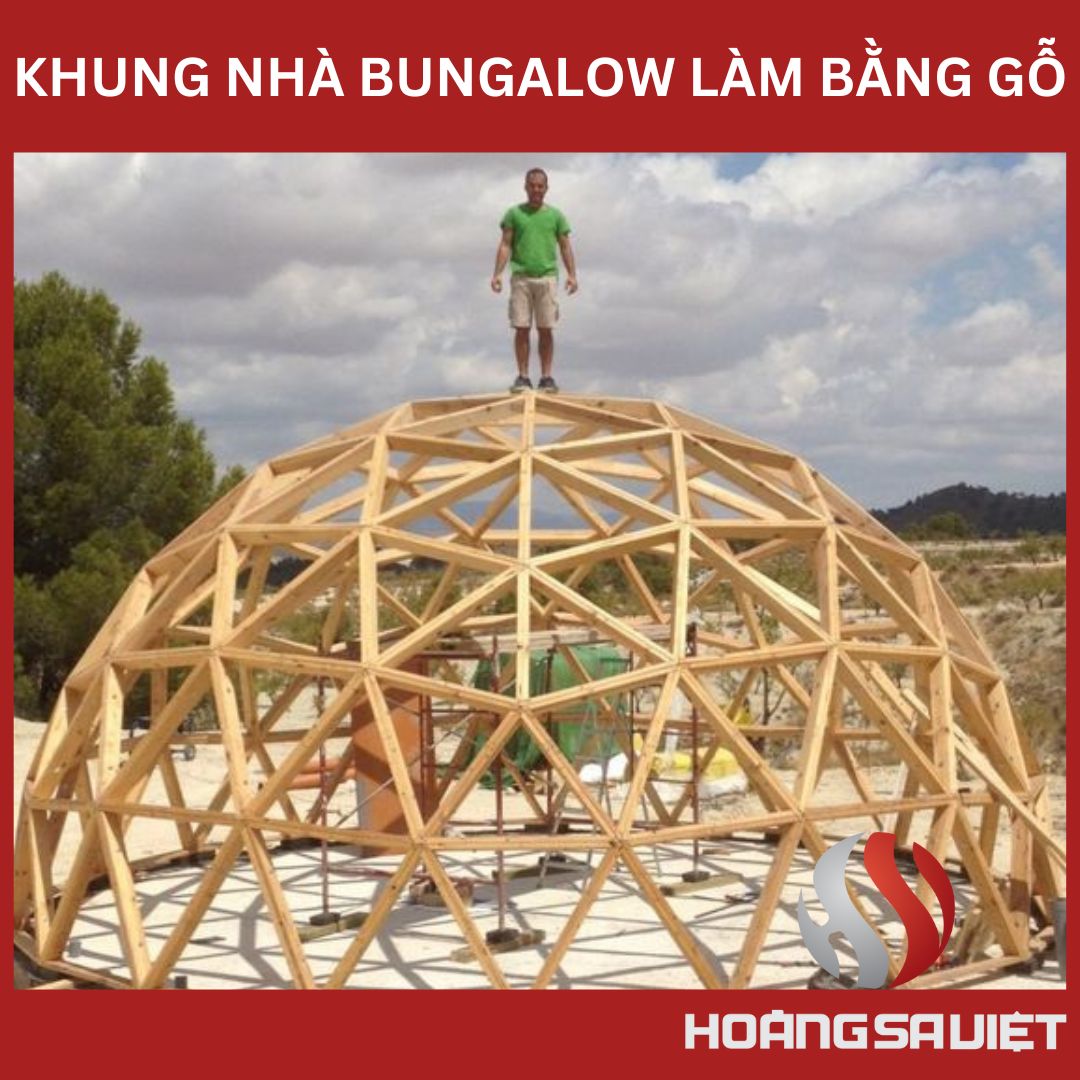
- Frame made of iron: Frame made of iron will give cheap price, easy to construct quickly to get capital. However, the frame made of iron still has the following limitations: Frequent repainting in places with harsh climates. It must be covered with auxiliary materials such as wood plastic to cover the skeleton of the bungalow.

- Frame made of aluminum alloy: Frame made of aluminum alloy will not require regular maintenance. Because aluminum alloy has the property of not oxidizing, it can withstand the effects of weather and has a durability of up to hundreds of years. Especially if the house frame is made of aluminum alloy T6061 will give very high rigidity. Suitable for placing in places with high temperature, hot sun, heavy rain and wind and sea salt. However, frames made of aluminum alloy will require higher material processing techniques and have a higher cost than iron and wooden frames.

SMALL HOUSE BACKGROUND
- Wooden floor: Up to 80% of units use natural wood materials to make the floor for the bungalow house. Because natural wood creates closeness to nature and creates a cozy feeling in the summer, cool in the winter. However, the use of natural wood also has some limitations such as easy to absorb moisture, susceptible to termites and requires annual maintenance.
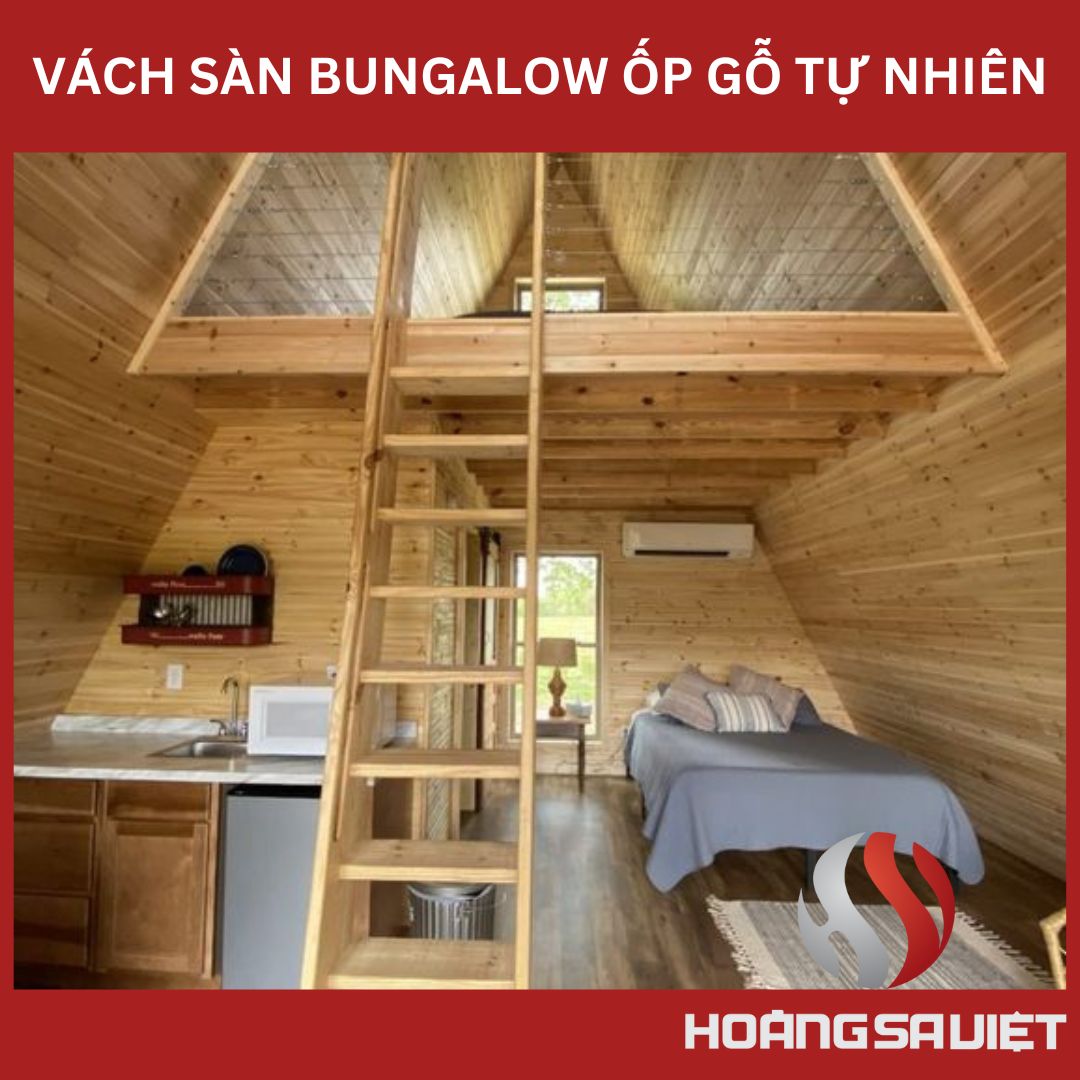
- The floor is made of artificial wood (plastic wood): Plastic wood is a material to replace wood in the future because it offers more durability. No regular maintenance required. Plastic wood for low cost, rich colors, easy to construct and easy to design and for cheaper price.
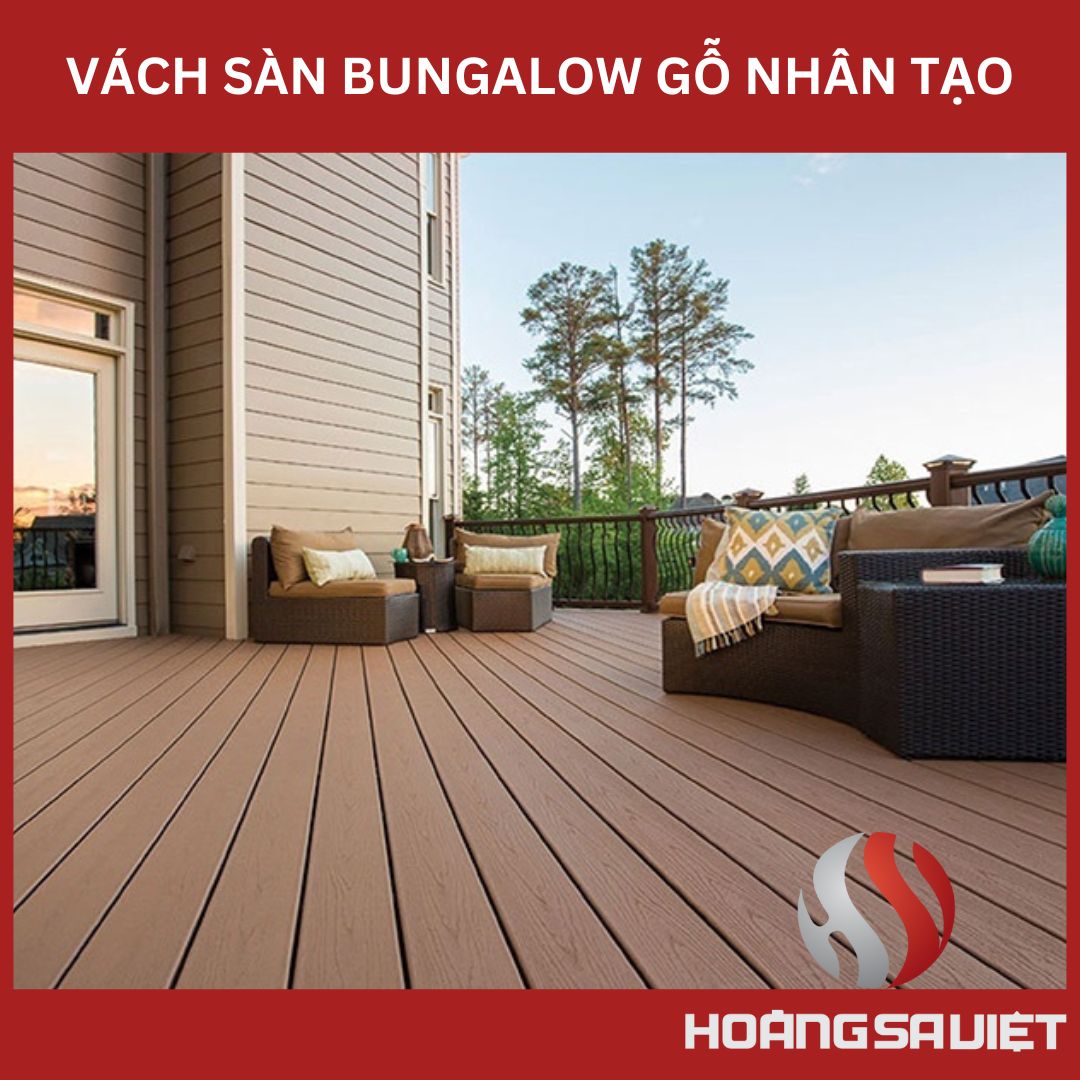
- Floors made of other materials: Similarly, there are many types of materials that can be used to make bungalow floors currently being used such as: Stone, ceramic tiles, cement, concrete... However, because of their mechanical properties High mobility, easy to move when needed, so most investors switch to using lightweight materials for easy disassembly and movement.
WALL AND CEILING SECTION - ROOF
Similar to the floor, wall & ceiling and roof of the bungalow, most of today's investors and the companies that design and build homestays made of bungalows choose lightweight, easy-to-construct materials. for low cost and high durability such as: Plastic wood, PVC imitation wood panel, imitation wood wall panel... The roof usually uses 3 main types of materials which are: Fired tile, corrugated iron, imitation plastic package, and panels...

METHODS - HOW TO BUILD A BUNGALOW
Building a bungalow as a homestay according to the traditional construction method:
Homestay bungalows can be designed and constructed according to traditional construction methods, using traditional materials such as bricks, stones, tiles, cement, and designed and constructed on site, transporting the materials. materials to the site and construction at the site. This method is rarely used because of its high cost, lack of diversity and unfriendly materials when it comes to Bungalow homestay.
Building a house by the method of prefab houses making bungalows
The prefabricated homestay bungalows are usually designed with the purpose of long-term use, sustainability and comfort. Since the structure is prefabricated and transported to the field for installation, time, cost and resources are saved during construction compared to traditional construction methods. At the same time, the assembly of these housing modules, also provides great flexibility for users because they can change the area, design or number of modules to suit the needs of each family or enterprise. The pre-assembled bungalow homestay is a great solution, for tourism, real estate and hotel accommodation businesses...
BUNGALOW HOUSE CONSTRUCTION PRICE
Due to the characteristics of the homestay, the house is small in size. If calculated by area, the price of traditional construction will be from 7.5 million VND/m2 or more. On average, each bungalow from 18n2-24m2 costs from 140-240 million / unit. If calculated by area, the price to build a prefab house will be from 5.5 million VND/m2 or more. On average, each bungalow from 18m2-24m2 costs from 100-180 million / unit. Below are the unit prices and construction costs of bungalow house models as follows:
-
Dome-style bungalow with area
content
content



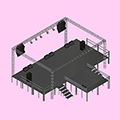
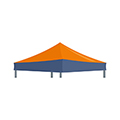



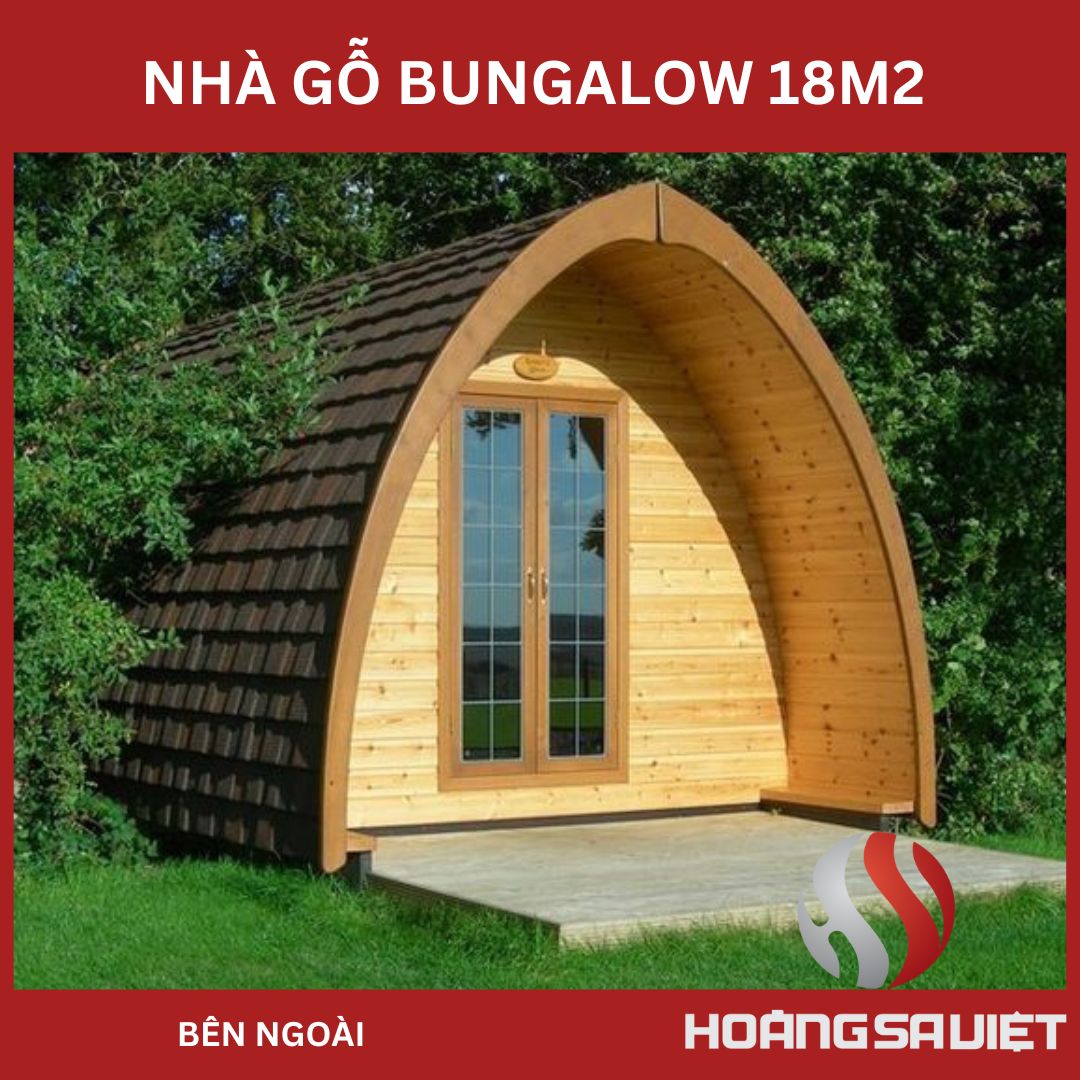
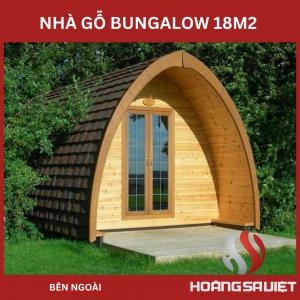
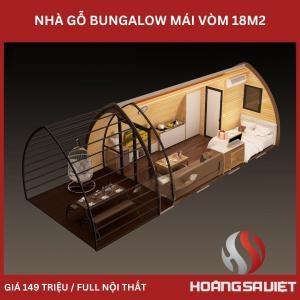
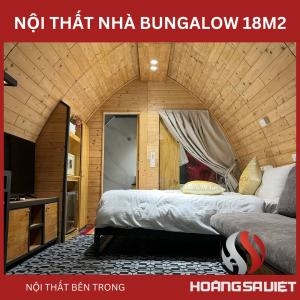
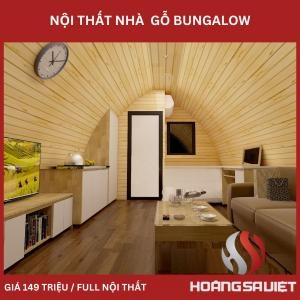

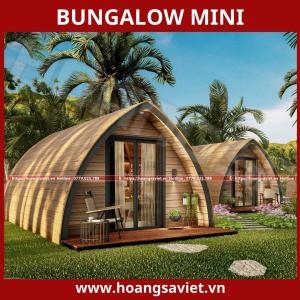
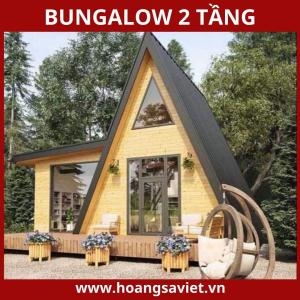
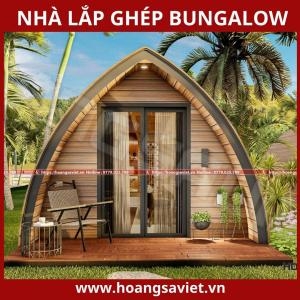

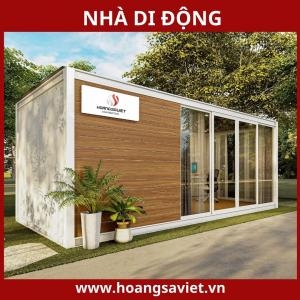
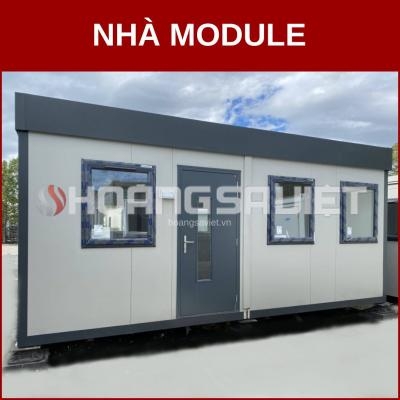
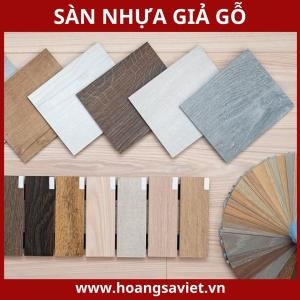
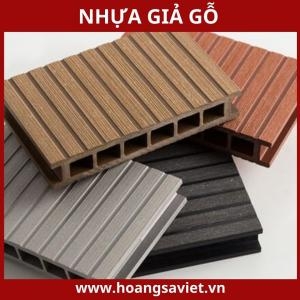
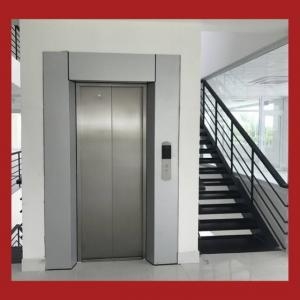
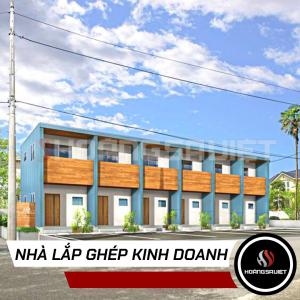

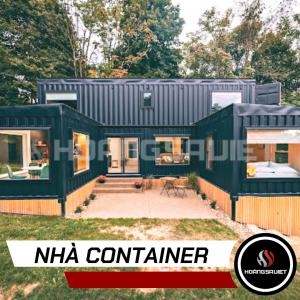
e